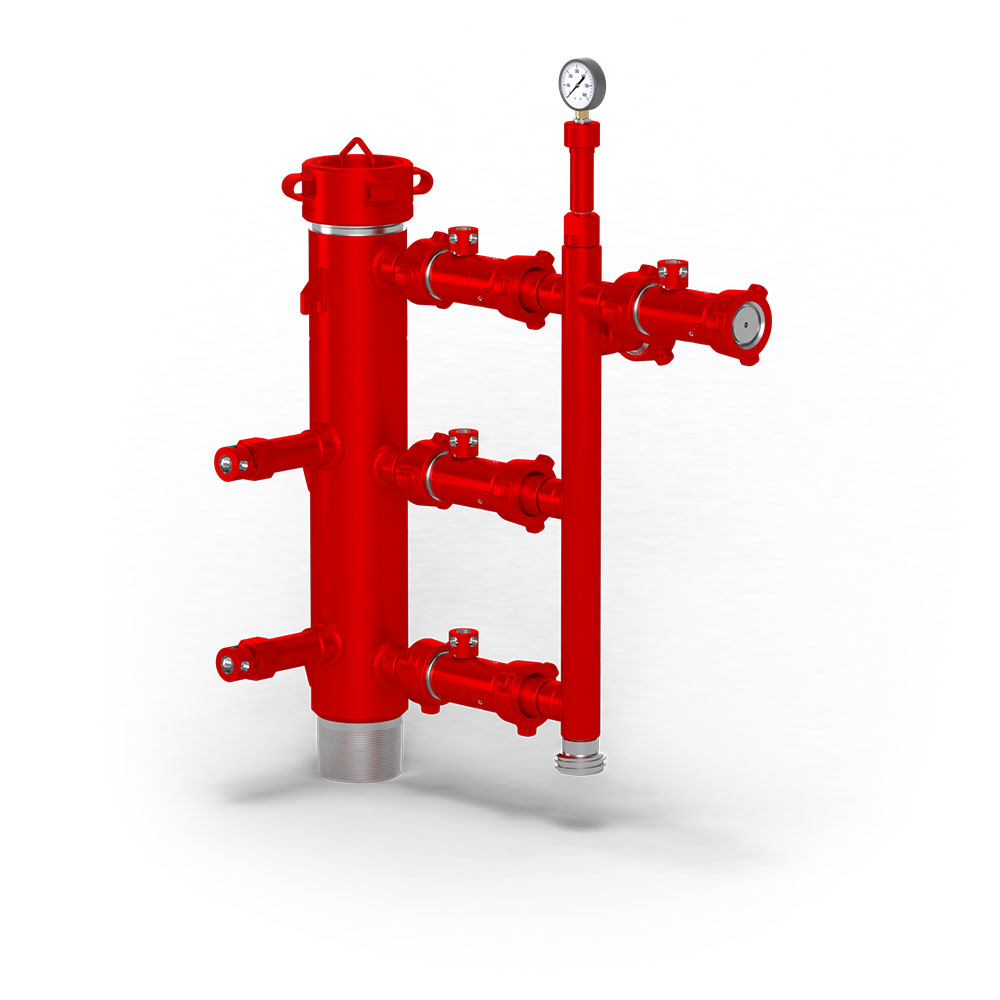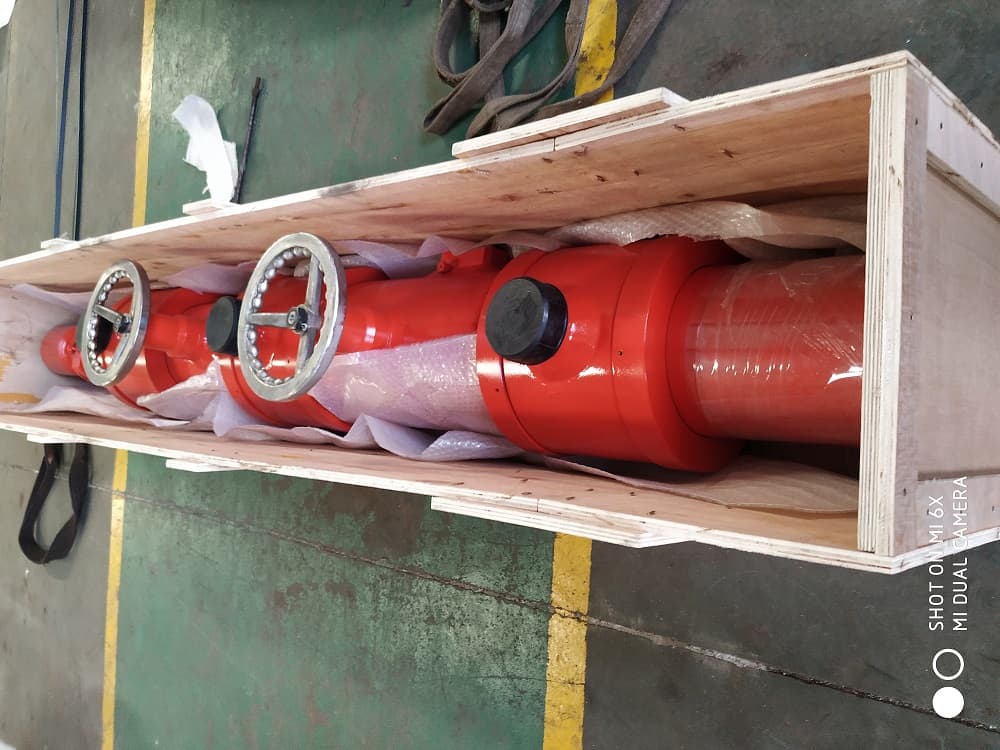What Is The Significance Of The Chuppah In A Jewish Wedding?
There are two meanings to the word “chuppah.” Firstly, it is the Hebrew word for the wedding canopy used in Jewish ceremonies. Second, it is often used as a synonym for “ceremony” in everyday speech. So if someone asks, “When’s the chuppah?” you shouldn’t assume they’ve forgotten how to speak coherently; rather, they’re inquiring about the start time of the ceremony, not the canopy itself.

What Is A Chuppah then? Why do Jewish couples choose to exchange vows in a chuppah? When they get there, what do they do?
Let us learn more by reading the content below.
What Is A Chuppa?
A chuppah is a canopy or covering that is used in traditional Jewish weddings. It is typically made of cloth or other material and is held up by four poles. The chuppah symbolizes the couple’s new home that they will build together, and it represents the sanctity of the marriage.
During the wedding ceremony, the couple stands under the chuppah as they exchange vows and begin their life together as husband and wife. The chuppah is often decorated with flowers or other ornaments to make it special and festive.
The chuppah is a traditional and meaningful part of Jewish weddings and is an important symbol of the couple’s commitment to each other and their shared life together.
What Is The Significance Of The Chuppah In A Jewish Wedding?
The chuppah has a significant symbolic meaning in a Jewish wedding. Here are some of the main reasons why:
1. A Symbol Of The Couple’s New Home:
Yes, the chuppah is a symbol of the couple’s new home. It represents the home that the couple will build together as they start their married life. This is why the chuppah is often decorated with flowers, foliage, or other ornaments that reflect the beauty and warmth of a new home.
The chuppah is usually set up outdoors or in a separate area of the wedding venue, to create a distinct and intimate space for the couple and their immediate family members. The open sides of the chuppah symbolize the couple’s welcoming and hospitable nature towards their loved ones, who will always be welcome in their home.
In Jewish tradition, the chuppah is often compared to the tent of the biblical patriarch Abraham, who was known for his hospitality towards strangers. By standing under the chuppah, the couple is symbolically committing to carry on this tradition of hospitality in their own home.
2. A Symbol Of The Couple’s Unity:
Yes, the chuppah is also a symbol of the couple’s unity. It represents the couple standing together under the same roof and sharing a common destiny as they begin their married life.
The four poles of the chuppah represent the couple, their families, and God. They symbolize the support and guidance that the couple will receive from their families and God throughout their marriage. The chuppah also represents the couple’s commitment to supporting and loving each other unconditionally, through all the joys and challenges of life.
During the wedding ceremony, the couple stands together under the chuppah, holding hands and facing each other. This symbolizes their commitment to face life’s challenges together and to be each other’s support and partner for life.
Overall, the chuppah is a powerful symbol of the couple’s unity, love, and commitment to each other. It represents the beginning of their journey together as a married couple, and the strength and support they will draw from each other and their families as they build a life together.
3. A Symbol Of Holiness:
Yes, the chuppah is also a symbol of holiness in a Jewish wedding. It represents the sanctity and sacredness of the marriage ceremony.
In Jewish tradition, the chuppah is often compared to the Temple in Jerusalem, which was covered by a canopy. Just as the Temple was a holy place, the chuppah is also a holy space where the couple is surrounded by the presence of God.
The chuppah is often decorated with white fabric, which symbolizes purity and holiness. It is also adorned with flowers and other ornaments that add to the beauty and sanctity of the space.
Under the chuppah, the couple stands beneath the tallit, a prayer shawl worn by Jewish men during prayer services. The tallit represents God’s presence and protection over the couple as they begin their married life.
Overall, the chuppah is a symbol of the holiness and sanctity of the marriage ceremony. It represents the couple’s commitment to building a life based on spiritual values and the importance of having God at the centre of their relationship.
4. A Symbol Of God’s Presence:
Yes, the chuppah is also a symbol of God’s presence in a Jewish wedding. It represents the idea that God is present at the wedding ceremony, blessing the couple and their union.
In Jewish tradition, the chuppah represents the home that the couple will build together with God’s help and guidance. By standing under the chuppah, the couple is inviting God to be a part of their union and to bless their marriage.
The four poles of the chuppah represent God’s presence, as well as the support and guidance that the couple will receive from their families and God throughout their marriage.
During the wedding ceremony, the couple often recites traditional prayers and blessings, asking for God’s blessings and guidance in their union. They also break a glass at the end of the ceremony, symbolizing the fragility of human relationships and the need to remember God’s presence in their lives.
Overall, the chuppah is a powerful symbol of God’s presence in a Jewish wedding. It represents the couple’s commitment to building a life centred on spiritual values and the importance of having God at the centre of their relationship.
Why Do Jewish Couples Choose To Exchange Vows In A Chuppah?
Jewish couples choose to exchange vows in a chuppah because it is a symbol of the home they will build together and of the sanctity and holiness of their marriage. The chuppah represents a sacred and intimate space where the couple stands together under the same roof, sharing a common destiny and a commitment to each other and God.
The chuppah also serves as a powerful reminder of the couple’s spiritual values and their commitment to building a life based on those values. By exchanging vows under the chuppah, the couple is making a public declaration of their commitment to each other and a shared spiritual journey.
In Jewish tradition, the wedding ceremony is considered a sacred event, and the chuppah serves as a physical representation of that sacredness. The couple stands under the chuppah, surrounded by their loved ones, their community, and the presence of God, as they begin their journey together as a married couple.
Overall, the chuppah is a significant symbol in a Jewish wedding. It represents the couple’s commitment to building a loving and welcoming home together, their unity and partnership, the holiness and sanctity of their union, and their connection to God and their spiritual values.
What Do They Do When They Get Inside The Chuppah?
When the couple enters the chuppah, they typically stand facing each other beneath the canopy. They may be accompanied by their parents, close family members, or members of the wedding party.
The couple may begin the ceremony with the signing of the ketubah, a Jewish marriage contract that outlines the couple’s obligations to each other in marriage. The ketubah is usually signed before the ceremony by the couple and two witnesses, and it is often displayed at the wedding reception as a reminder of the couple’s commitment to each other.
Once the couple is standing under the chuppah, the rabbi or officiant may recite traditional blessings, offer prayers, or read passages from the Torah. The couple may exchange rings as a symbol of their commitment to each other, or they may exchange vows and make promises to each other.
The ceremony may also include the breaking of the glass, which is a traditional Jewish custom. The groom typically breaks a glass with his foot, symbolizing the fragility of human relationships and the need to remember the presence of God in their lives.
After the ceremony, the couple may leave the chuppah and walk down the aisle as newlyweds. They are often greeted with cheers, applause, and congratulations from their guests.
Overall, the ceremony inside the chuppah is a special and intimate moment for the couple, as they exchange vows and make promises to each other in the presence of their loved ones and God.
Conclusion
The chuppah is a beautiful and sacred element of a Jewish wedding ceremony. It serves as a powerful reminder of the couple’s commitment to each other and a shared spiritual journey, and it represents the beginning of their journey together as a married couple.




